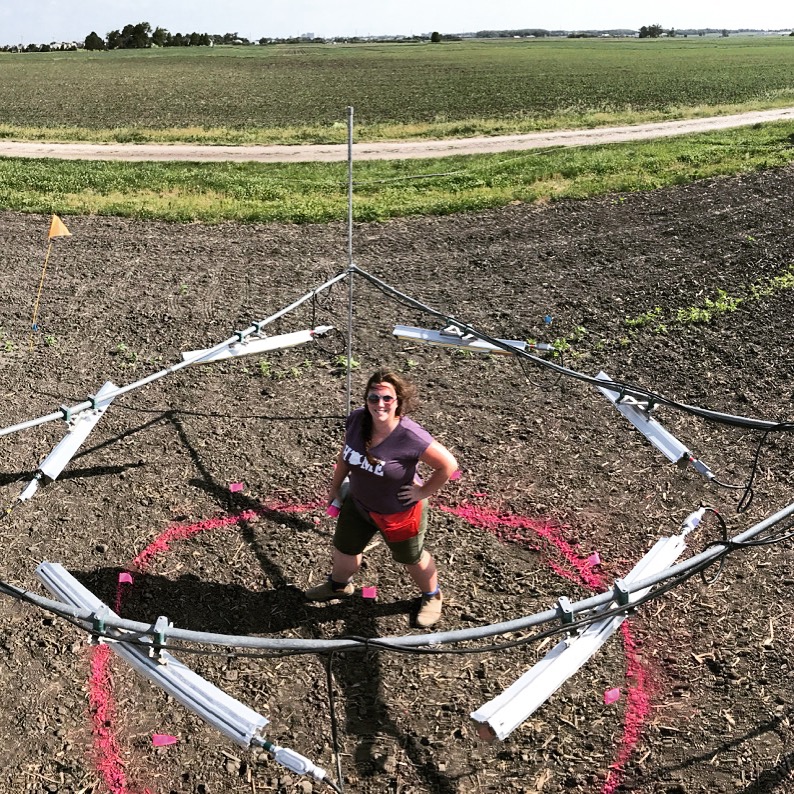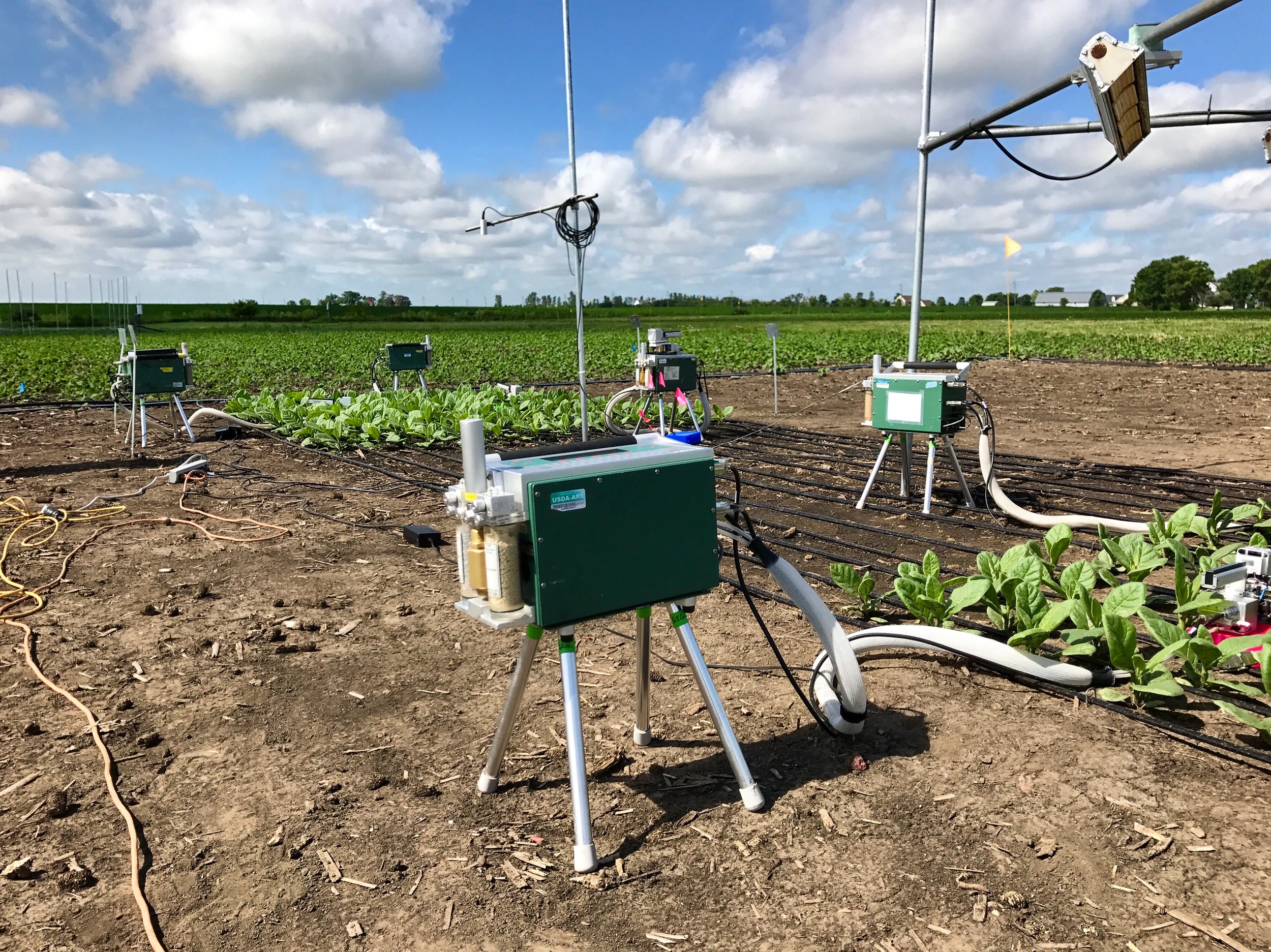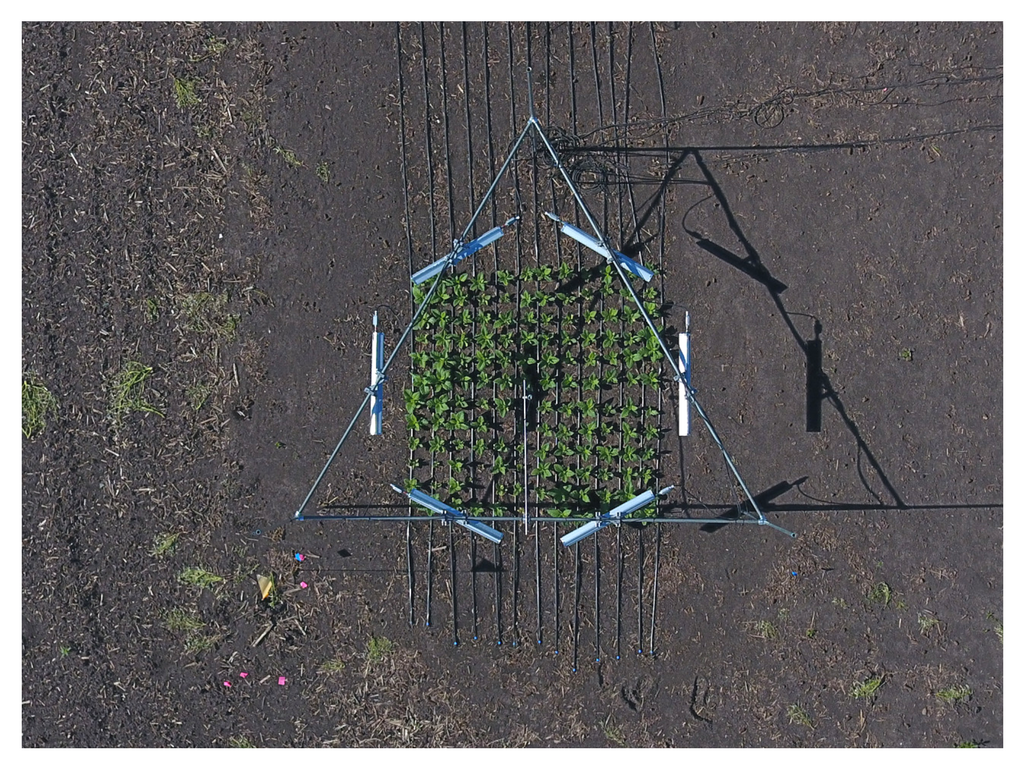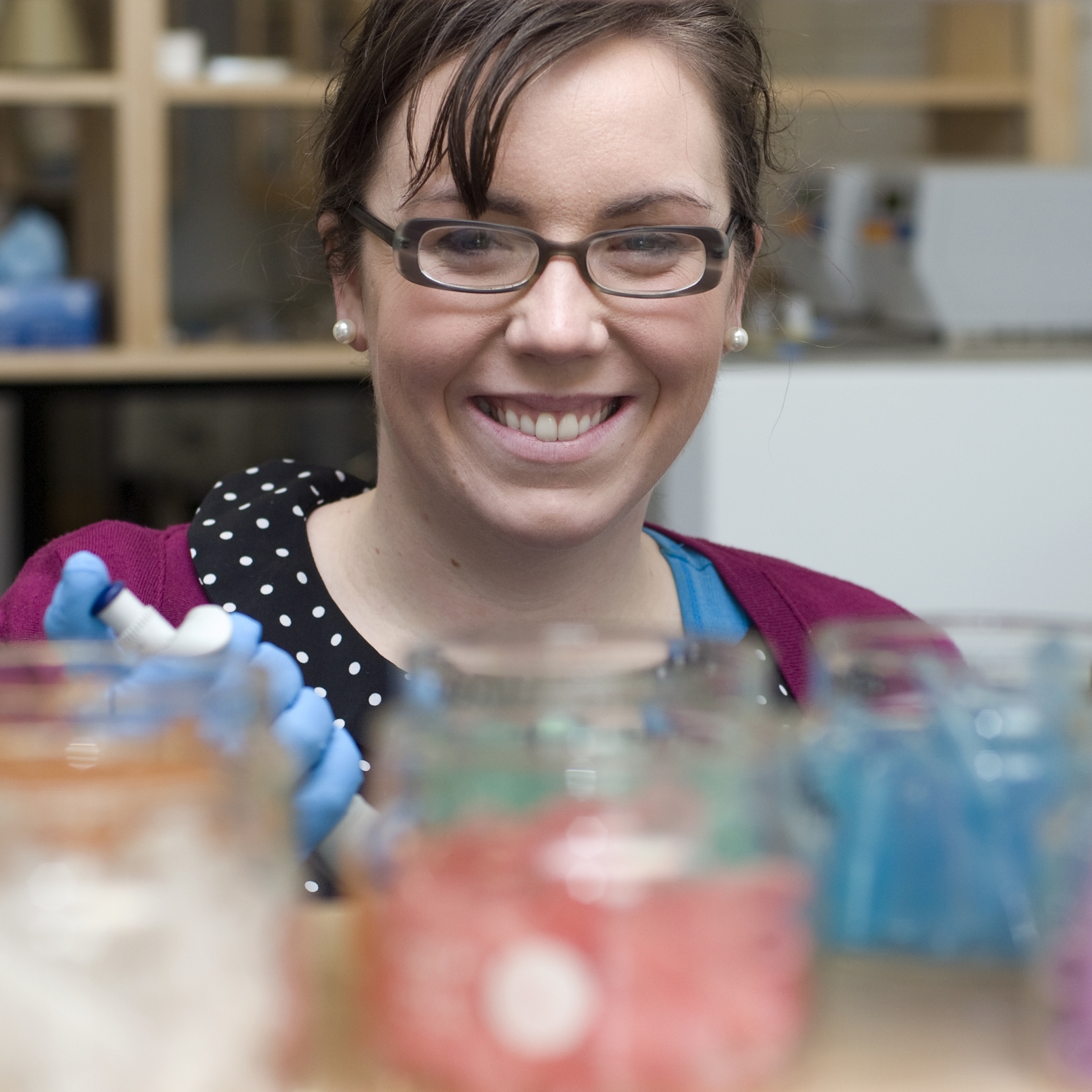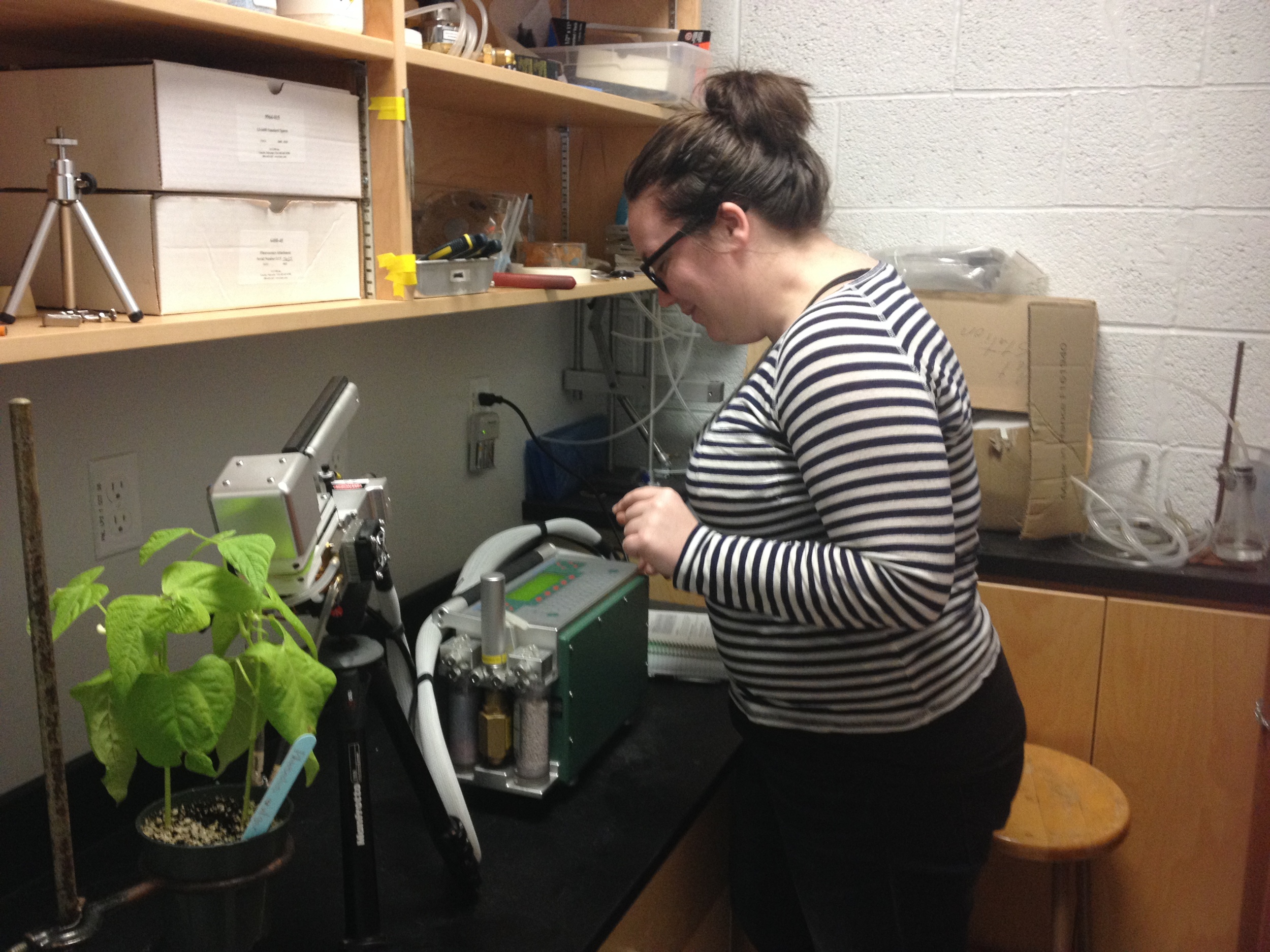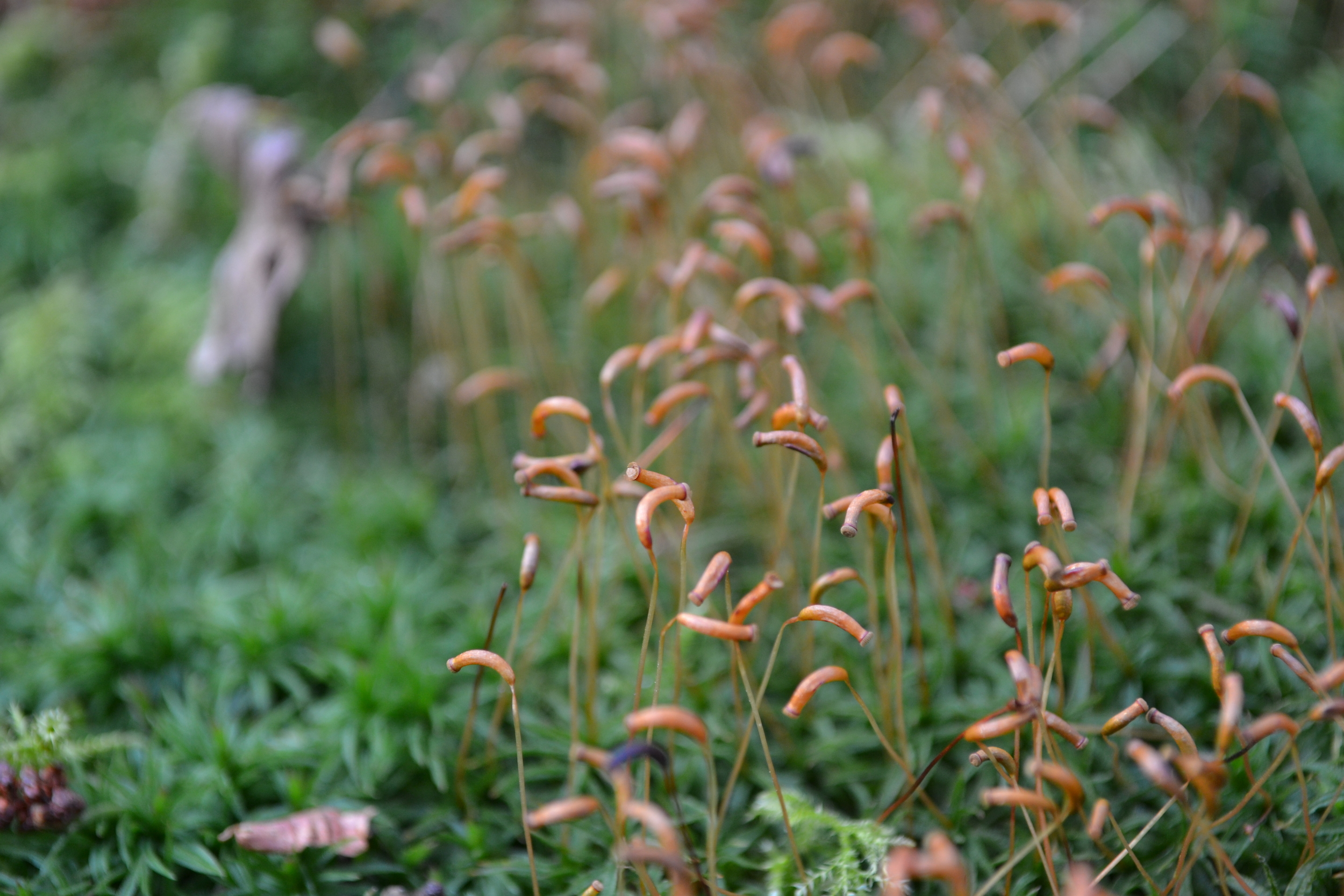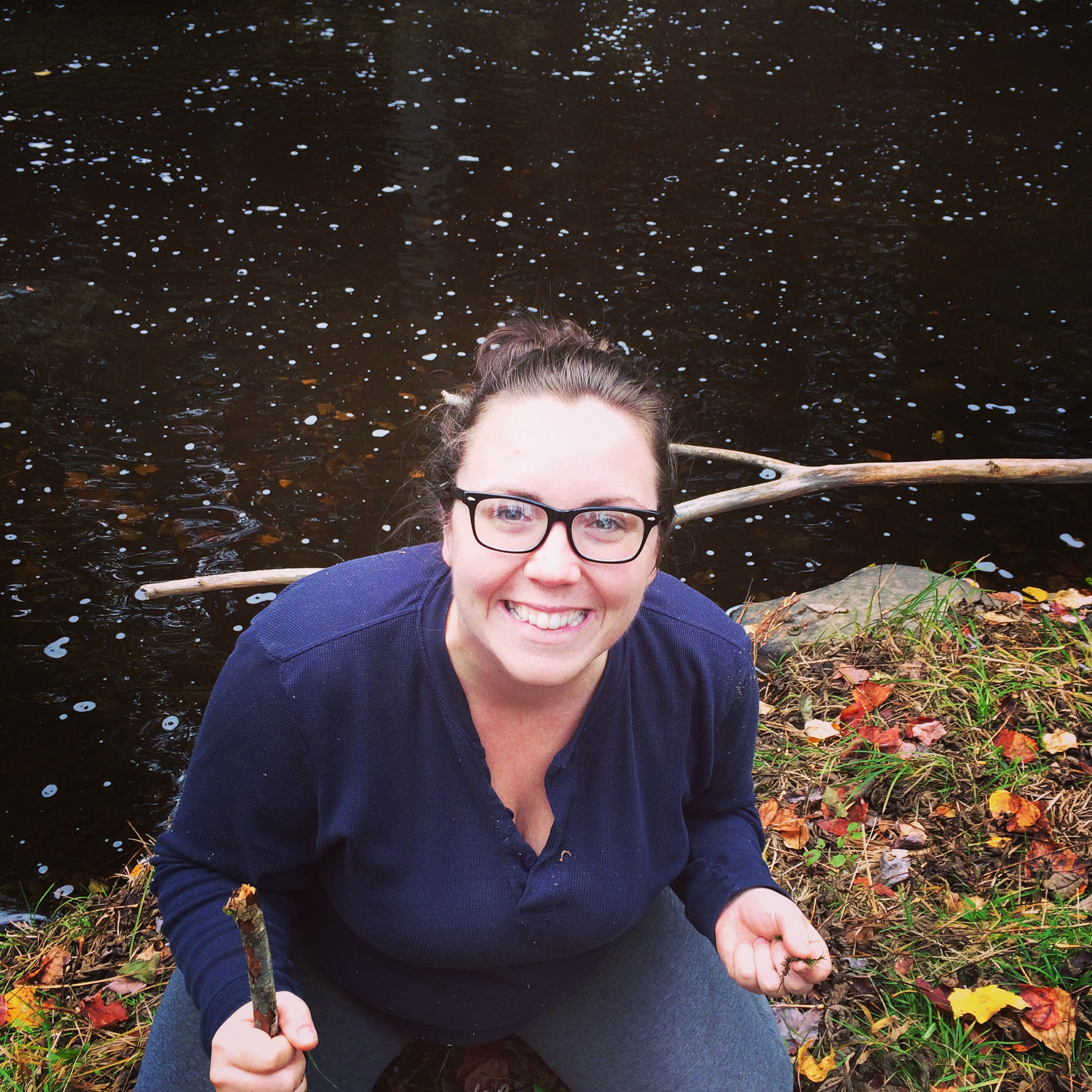Bypassing Photorespiration to Improve Photosynthesis and Yield as Temperature Increases
In C3-type, Rubisco catalyzes the capture of carbon from CO2 during photosynthesis. Because Rubisco cannot distinguish between CO2 and oxygen molecules, around 25% of the time it binds with oxygen instead of carbon dioxide and produces a carbon molecule called glycolate instead. This product cannot be used in photosynthesis, and is toxic to the plant. The carbon however is salvaged by conversion via a complex network of enzyme reactions in multiple organelles into 3-phosphoglycerate (PGA), which can be used in photosynthesis. This process, called photorespiration, recovers 75% of the carbon lost by the oxygenation reaction but wastes energy that could otherwise be used in during photosynthesis. Our team is working to introduce a more efficient pathway for converting glycolate into PGA into plants. You can read about our pathway here. Because photorespiration increases with temperature, we are currently field testing plants under heated conditions, to determine if bypassing photorespiration will contribute to yield increases in a future warmer climate.
Acclimation response of Rubisco
Life on Earth depends on the reduction of carbon dioxide into organic molecules, via photosynthesis. Ribulose-1, 5-bisphosphate carboxylase/oxygenase (Rubisco) is the enzyme that catalyzes the first irreversible enzymatic step of photosynthesis. It accounts for up to 50% of total soluble leaf protein, and the rate of photosynthesis is directly correlated to the amount of enzyme present. Thus, any attempt to model the rate or efficiency of photosynthesis depends on Rubisco kinetics. My PhD work (in the lab of Dave Kubien) examines the acclimation response of Rubisco to abiotic factors in Arabidopsis thaliana, exploring the relationship between Rubisco gene expression, biochemical performance, and plant metabolism. If you are interested, you can read more about my ideas here.
Evolutionary transitions in the moss genus Atrichum
Evolutionary transitions between separate and combined sexes have occurred frequently across many plant lineages, and there is a large body of theory explaining conditions that favour each mating system. However, most of this work is done in flowering plants, and certain features of mosses influence predictions from this theory. Mosses are haploid dominant with a single sex ancestral state, and evolutionary transitions from separate to combined sexes are often associated with genome doubling. My first foray into plant science was in the lab of Linley Jesson, where I was part of a team investigating the relationship between polyploidy and sexual system in the moss genus Atrichum. We found that although hermaphrodites are associated with triploidy, hermaphroditism is not a necessary outcome of genome duplication. This work was the first to show that genome duplication influences the mating system and evolution and maintenance of reproductive traits, and resulted in two papers, which you can find here and here.

